My Personal Ranking of The New York Times’ Free Games
I’d love to see the stats on the New York Times. I’d be surprised it the Game section didn’t get more view than the front page. I think that’s where we’re at. One company, giving us a Morpheus choice. The Blue Pill, represented by the games allows us to spend time in blissful neutrality while the red pill the news is the painful reality.
I’m choosing the blue pill. A subscription free blue pill with a choice of nine games (including Strands still stranded beta). Here’s how I rank these games, along with a brief description of each:
1. Connections
Connections often breaks my brain. Somedays I can figure it out but there are days I can’t.
2. Wordle
It’s simple, addictive, and a I can almost ways figure it out. My go to is C-R-A-N-E
3. Sudoku
Classic. One of my favorite time killers now that I’ve deleted TikTok
4. The Mini Crossword
The Mini Crossword is quick and satisfying.
5. Strands
It feels like a grade school game, but grade school could be fun.
6. Letter Boxed
Letter Boxed invites players to create words using letters arranged in a square. In the right mood I’m into it
7. Tiles
A matching game that tests pattern recognition. My kids like this. I’ve never finished it.
8. Spelling Bee
It’s like Letter Boxed. but without the fun. Maybe that’s because it’s easy to hit the limit in the free version.
9. Vertex
Not into it. The final images look pretty cool I’ll admit.
Sure! Here’s a call to action you can include at the end of your blog post to direct readers to your book’s page:
Explore More Puzzles and Games
If you enjoyed this guide to The New York Times’ free games and are looking for more challenges to test your wits, you might find my book equally engaging. Check out “Gross Potions” on Amazon.

Christopher lives in Vermont with his wife, twin boys, border collie and corgi. He has owned a film production company, sold slot machines, and worked for Tony Robbins. He writes in his magical tiny house and sometimes writes in his blog at chrisrodgers.blog
Visit his author’s page.
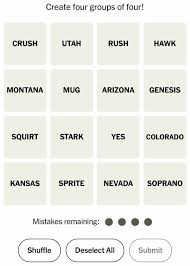


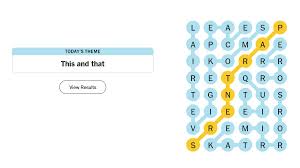
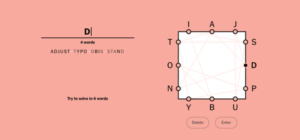
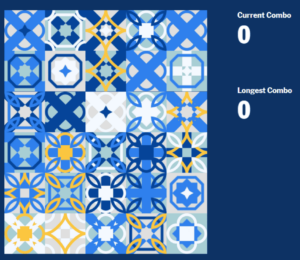
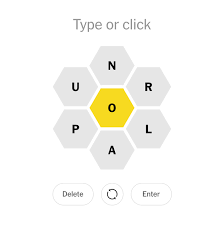

One Comment Add yours